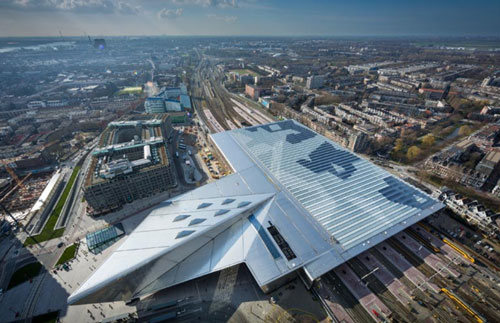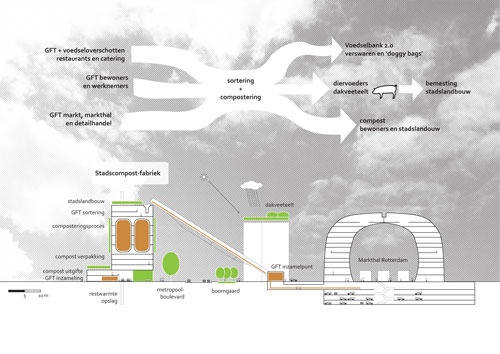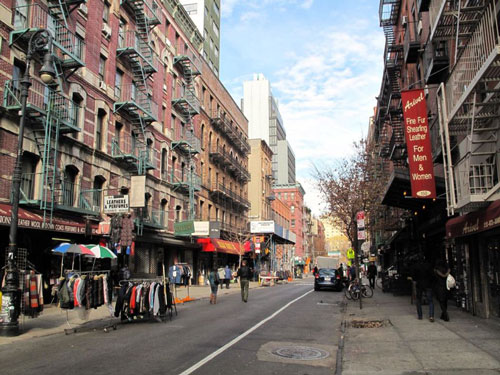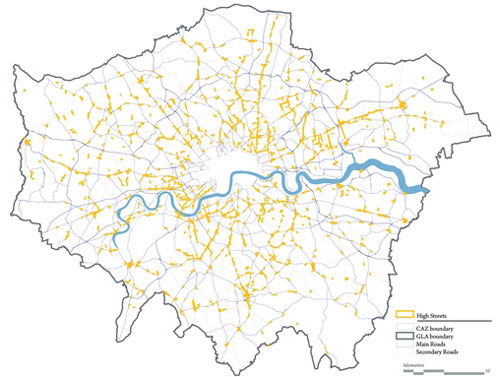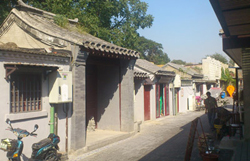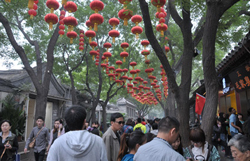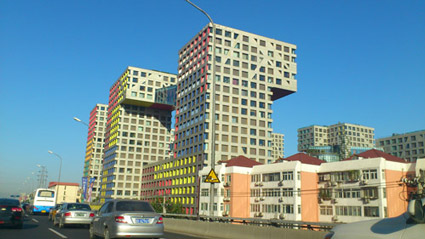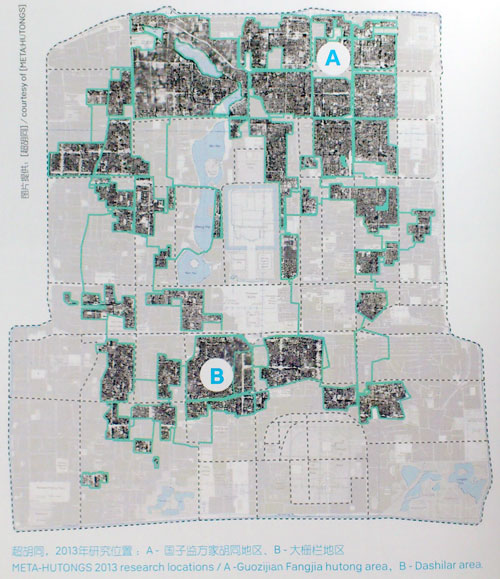This month the new main train station of Rotterdam was officially opened by the King. Only a formality, in a way, since the station (third biggest terminal in the Netherlands) was never closed during construction. At the day of the opening, March 13th 2014, dancers and musicians performed in the entrance hall, new bars and restaurants opened and a conference on Urban Transformation was held nearby. Besides room for more passengers, the stations offers a bicycle garage for over 5.000 bikes and vast areas of photovoltaics on the roof to supply large part of the needed energy.

Letter signs of the old station building were reused in the new facade
Despite the real estate crisis that has haunted the country for 5 years already, Rotterdam is in an amazing flow of construction: in 2013, the Calypso block (Alsop) and vertical city ‘De Rotterdam‘ (OMA) opened its doors, now the new Central Station and later this year the city market hall (MVRDV) will be inaugurated. At the same time various residential tower blocks are being realized in the central area, which is becoming much more attractive and mixed. The ‘building boom’ has been severely criticized, since the municipality is taking great risks while demand for new office space, for example, is still low. Perhaps it is one of the reasons why the political party of alderman Karakus, responsible for the constructions, lost last week’s elections.
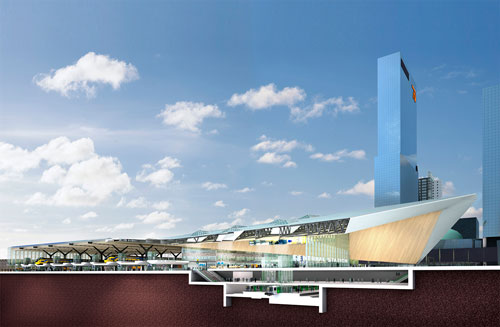
On the other hand, OMA’s tower and the Calypso development have already found the necessary tenants and buyers, and the new buildings have put Rotterdam high on the international wish lists, for instance by the New York Times and Rough Guide. The city’s ‘little brother’-complex with regard to Amsterdam is slowly fading away. The area around the Central Station is now suddenly a tourist attraction, Rotterdam is hot. During the conference, MIT (Boston) researcher Tim Rowe explained how Rotterdam may become a new dynamic innovation cluster with succesful startups and facilities. Urban planner John Worthington (London) launched the idea of opening up the Groothandelsgebouw, next to the station, in order to become a permeable and attractive hotspot for such innovative small businesses.
At the same time, the city sticks to its straightforward worker class attitude: The entire station project – by Benthem & Crouwel, Meyer & Van Schooten and West 8, was completed within the planning deadlines and spending 28 million euros less than the foreseen budget.
